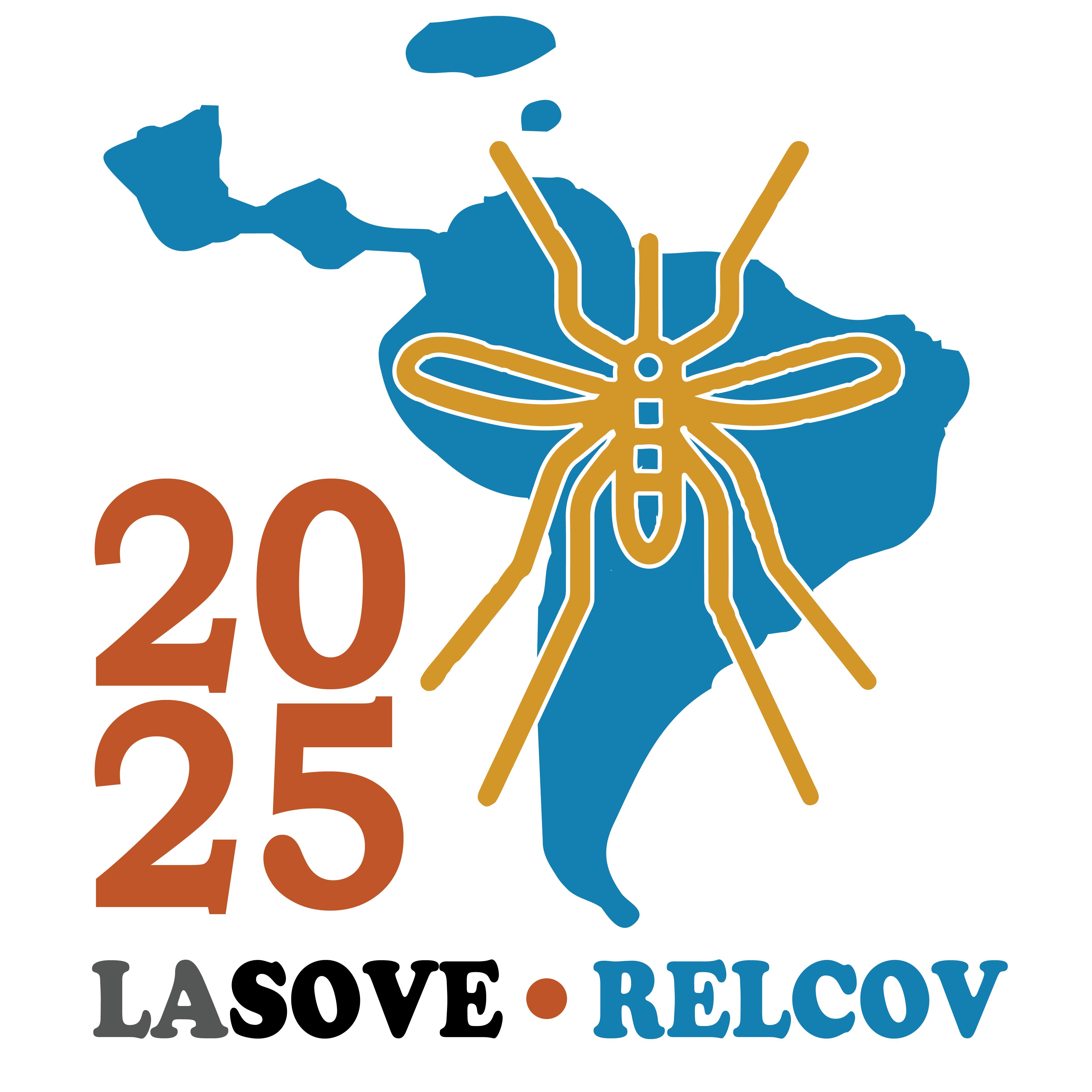Conferencia Dr. Pereira Lima
CONFERENCIA
Implementation of entomological surveillance to direct actions against Aedes (Diptera, Culicidae) in Brazil
Dr. José Bento Pereira LIMA

Dr. José Bento Pereira Lima MSc, Ph.D.
Pesquisador Senior
LBCVIV/IOC/Fiocruz, RJ, Brasil
Biólogo con doctorado en biología parasitaria y posdoctorado en entomología, se especializa en entomología médica, cría y mantenimiento de colonias de Aedes y Anopheles, evaluación de parámetros biológicos, control vectorial y manejo de la resistencia a insecticidas. Integra el Comité Técnico de Asesoramiento del Programa Nacional de Prevención y Control de la Malaria (CTA-PNCM), el Comité Institucional de Investigación (CIP FVS), y ha formado parte del Comité Consultivo para el Control de Vectores del Ministerio de Salud y del Comité Científico Consultivo de Expertos (ESAC – IVCC).

Créditos de las imágenes utilizadas en esta página web
Aedes dorsalis, imagen por bradenjudson, CC 1.0, Wikimedia Commons (https://commons.wikimedia.org/wiki/File:Aedes_dorsalis.png) | Las imágenes de las personas miembro de los distintos comités de LA SOVE RELCOV 2025 así como las imágenes de los/as oradores/as fueron provistas por las mismas personas para uso exclusivo en esta página web. Los/as autores/as de estas imágenes se reservan el derecho de uso y reproducción de las mismas.
